Unclassified Information New Key to Network Centricity
 |
| A U.S. Navy landing craft air cushion (LCAC) and a commercial cruise ship work to evacuate people from Lebanon during the crisis in July. U.S. military forces increasingly will be conducting humanitarian missions, and they will need to extend network centricity to nontraditional partners such as foreign governments and nongovernmental organizations. |
Now that the U.S. Defense Department has its arms around the challenge of moving vital information down to the individual warfighter, it is facing a new challenge of sharing information with nonmilitary, non-U.S. organizations. This latest priority reflects the diversity of operations that the military might find itself involved with for the foreseeable future.
Examples of these operations can be found in the
These types of operations rely heavily on rapid and effective movement of vital information, and often that information must be shared among nontraditional partners working with the
“We have to think of network-centric operations as extending to the unclassified world as well,” says Dr. Linton Wells II, principal deputy assistant secretary of defense for networks and information integration. “And it’s not just for military operations—we need to be able to interact with nontraditional partners.”
The Quadrennial Defense Review pulled no punches in its emphasis on network centricity. Wells describes its support for the concept of network centricity as “extraordinary.” Among the areas that it emphasized are “building partner capacity,” which focuses on phase-zero prewar planning, and the stability-security-transition-reconstruction (SSTR), or phase-four postwar operations. The review also cites humanitarian assistance/disaster relief, which can be domestic or foreign.
These points build on Defense Department Directive 3000.05, which states that “stability operations are a core
Hurricanes Katrina and Rita, as well as the Indonesian tsunami, brought home the importance of extending network centricity to nontraditional partners. Wells offers that one lesson learned from the hurricanes is that situational awareness along with the ability to share it is not merely a technological adjunct to physical operations such as delivering food, water and shelter—it actually is “a critical enabler of everything else that happens.”
The department has made great progress internalizing those lessons, he continues. When forces responded to Hurricane Katrina, they relied too much on local information for situational awareness. During the Hurricane Rita response, local aircraft took to the skies as soon as the weather cleared to provide vital information for networks.
Directive 3000.05 describes how the department must be prepared to share information with nontraditional partners such as other “
The U.S. Joint Forces Command (JFCOM) has taken strides to enable the sharing of unclassified information with nontraditional partners. Over the past few months, Gen. Lance L. Smith, USAF, JFCOM commander, has “leaned very far forward” in encouraging the sharing of unclassified information, Wells relates. Having a combatant commander advocate placing as much emphasis on sharing unclassified information as on its classified counterpart represents a major breakthrough, Wells adds.
JFCOM has conducted several exercises that explore this challenge. Multinational Experiment 4 (MNE4) was one that emphasized it (SIGNAL Magazine, June 2006). The command now is standing up Harmonie, which Wells describes as a space where the Defense Department can share unclassified information with nontraditional partners outside its firewall. This effort adapted a portal developed for hurricane season by the U.S. Northern Command to be able to encompass geospatial information and relief data so that nongovernmental organizations can work with the military in a non-.mil domain.
This portal takes an approach more akin to that of a relief organization—many of which are included in it—than to a military one. Wells says that the portal will be spiraled over the next several months, and a new version will be ready for next summer’s hurricane season. The recent Strong Angel III integrated disaster response demonstration serves as “an idea engine” that can feed into Harmonie, he offers.
But achieving the goal of sharing unclassified information with nontraditional partners will require more than directives and hardware compatibility. Wells cites five requirements for meeting the challenge.
First on that list is a set of capabilities: the ability to communicate, collaborate, translate and engage outside the boundaries of military networks. A second item is doctrine. The military must have its concept of operations worked out ahead of time so that the concept is part of a pre-deployment checklist.
Legal issues compose the third item. Wells points out that according to the present definition of actions allowed under humanitarian and civil assistance, communications support is not permitted. “You can build wells; you can build schools; you can build roads; but you cannot leave behind any communications equipment,” he says. A proposal to change the law is underway in Congress.
 |
| U.S. Navy Seabees speak to Pakistani children as they work with Pakistani military and government officials to help rebuild the village of Miani Bandi following the devastating earthquake that struck there last fall. Part of ensuring network centricity with nontraditional partners may include having social networks that help U.S. personnel interoperate with local citizens and their customs. |
But what might be the sleeper item is to have “social networks” comprising the kind of people needed to interoperate during nontraditional operations. These might include rescue workers, linguists, health care professionals, geologists—or people with a combination of those traits—who can work effectively in whatever environment is the focal point of a stability or recovery operation. An expert suited for
But even with the human element covered, data compatibility may be an issue. Enabling digital interaction with nontraditional partners may require middleware or other programs that convert data from totally different formats, Wells notes.
The war in
Wells explains that traditionally, when commanders have expressed a need for more information, the inclination was to provide more sensors and related platforms. Now, the issue tends to focus on integrating existing information. This may encompass operational and intelligence information along with information from nontraditional partners.
Consolidating this information poses new challenges. Some of it may reside in the J-2, J-3, J-4 and J-6 communities, and the vital information must be pulled together from these diverse sources. And, the needs for this consolidated information can be as diverse as those sources—military responses to humanitarian assistance requirements, pandemic crises, war and postwar operations.
“We may need new ways of sharing information, especially at the tactical edge,” Wells suggests. Currently, no one below a commander has the responsibility for pulling this information together, he points out.
Experts are looking at how to address this challenge. The Contingency Support and Migration Planning (CSMP) Directorate has been renamed Integrated Information Communications Technologies (ICT) Support. Its primary focus is on unclassified information sharing with nontraditional partners outside traditional boundaries of military networks. The Defense Science Board also is looking at information management and network-centric operations. The next few months or even weeks may see some new ideas about how to bring together this new concept of information sharing, Wells offers.
The department’s data strategy, which includes data standardization, is being developed through communities of interest. The big thrust is on definitions for metadata tags, Wells notes. “If I say ‘bark,’ I am referring to the sound of a dog and not a sailing ship or the rough exterior of a tree,” he illustrates. The data strategy ultimately should permit command and control displays to be fed from operational data. This way, if a certain unit has a particular kind of readiness, a commander can see that from the unit’s information display instead of from a slide presentation.
Institutional reform in government has the potential to be a key enabler for meeting these network goals. Major department processes hinder reform efforts, Wells observes. Some of these changes will be less daunting with the recent chartering of the Defense Department chief information officer—John G. Grimes—as the department’s enterprise-level strategist, information technology business adviser and information resources management executive (SIGNAL Magazine, June 2006).
For acquisition issues, the Quadrennial Defense Review focuses on institutional reform of governance and portfolio-based approaches. Four major capabilities-based portfolios are being looked at right now, Wells reports: joint command and control, joint network operations, battlespace awareness and joint logistics. The goal is to allow a portfolio manager to serve as a general manager making key decisions within the portfolio. The governance processes within these currently are being evaluated.
The velocity of change in the commercial marketplace must be incorporated into acquisition programs, Wells states. A well-known commercial Web technology company divides its look-ahead efforts into three-, six- and nine-month projects. Any project that spans more than nine months is considered to be beyond the planning horizon and is discarded. By comparison, the Defense Department can take six months just to close on a budget. The commercial information technology world moves much faster.
As always, security is a prime concern. Wells wants industry to provide better security in commercial information system products from the start. The department should be assured that the operating system or application that it acquires has been designed from the beginning with security as a main consideration—not just a layered appliqué. And, that system should be designed so that someone with less knowledge than a network manager can operate it securely—“workable by real people with day jobs” he analogizes.
Wells declares that it is important for the Defense Department to think about “fighting the network like a weapon system.” For example, a Navy ship underway conducts damage control drills almost every evening. That ship probably is equipped with short-range, mid-range and long-range defenses and is designed with watertight compartments and firefighting systems. Its crew never assumes that it won’t be attacked or won’t suffer damage or some other misfortune. The goal is mission assurance—the ship must support the commander and complete its mission regardless of the degree of attack it is undergoing.
In that same vein, the network must take the same approach to information assurance. It must be constantly tested and its security measures repeatedly rehearsed to ensure that it will remain robust enough and degrade gracefully so that it can continue to support the commander, Wells says.
But above all, a shortage of resources looms as the biggest threat to the department’s achieving its network-centric goals, he offers. These resources include funding as well as human capital strategy. “The discretionary income environment is going to be increasingly austere,” he predicts. “Moving to a portfolio- and capabilities-based approach—along with the emphasis in the QDR—has helped enormously from where we were a few years ago.
“But, one needs to be able to articulate returns on investment,” he adds. “[Doing that] in the austere resource environment is an important burden on us.”
On the human capital front, a large percentage of the information acquisition work force will be eligible to retire in the next few years. Currently, the government also spends more on contractor salaries and services than it does on government employee salaries. Few among senior leadership understand how to manage outsource services, so the next generation of managers—who will have to fill slots opened by retirements—will need to be trained in outsource services, including acquisition.
Enterprisewide Systems Engineering Moves Up in Priority Some of the problems the U.S. Defense Department faces in networking with nontraditional partners are much closer to home than most realize. The problem of diverse network connectivity afflicts the department’s information grid worldwide. “If you have one type of network that is a fiber optic network, one type of network that is a satellite network and one type of network that is a tactical network—and you optimize the performance for all of those—then you get pretty good throughputs,” says Dr. Linton Wells II, principal deputy assistant secretary of defense for networks and information integration. “You might be able to send a 2-megabyte file through each one of those networks in less than 100 seconds. “But, when you add them together and try to send something from one end to the other, you get [a time of] 1,200-1,400 seconds because the technical specifications that work for one network actually are incompatible with what is best for the next network. So the goal of enterprisewide [systems engineering] is to look end-to-end and see where we can find the best solution for the networks,” he concludes. Wells explains that the department is dedicating resources to address the issue directly. It already has an organization up and running headed by Mike Kern, senior systems engineer for Wells’ office. In late 2005, the department held an offsite meeting with world-class systems engineers for concept validation. The department is developing a series of network-centric integration documents that take standards for enterprisewide performance and make them part of the tactical baseline to which program managers can look for guidance. |
Web Resources
Assistant Secretary of Defense for Networks and Information Integration: www.defenselink.mil/nii
Harmonie: www.harmonieweb.org
Strong Angel III: www.strongangel3.org
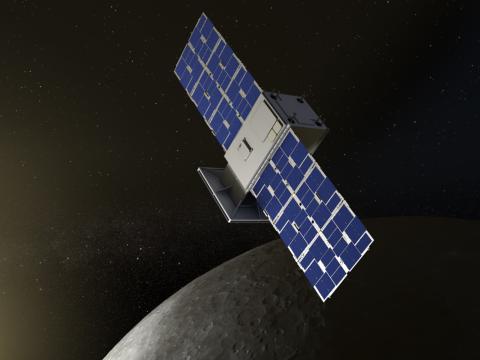
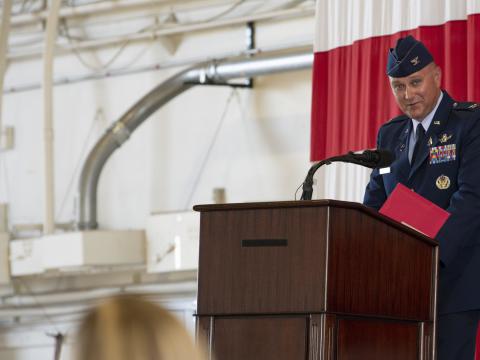

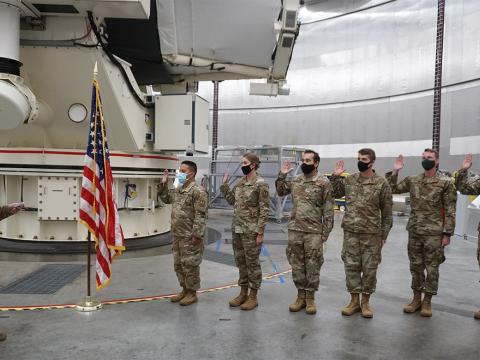
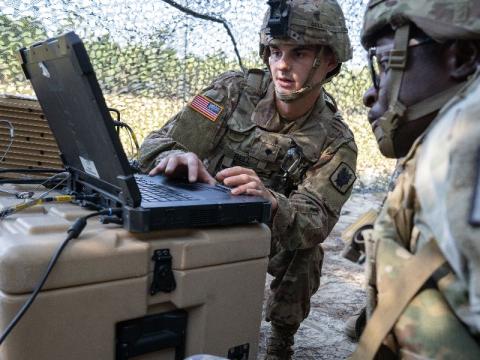
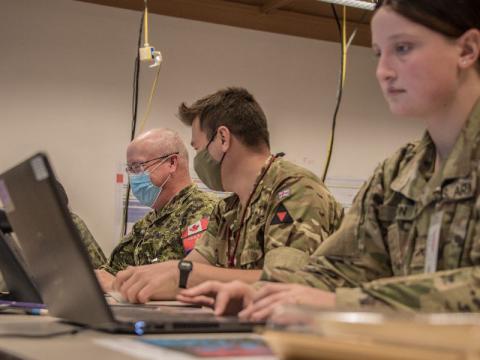
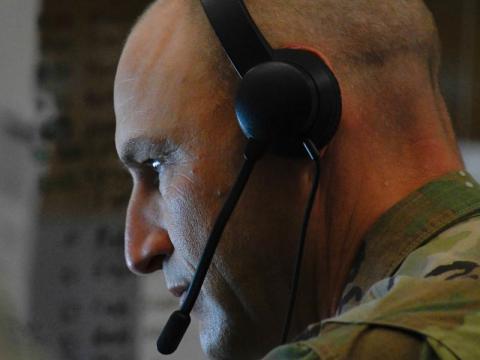
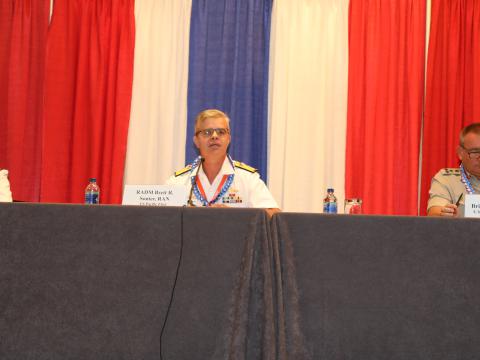

Comments